An overview of the ABS plastic injection molding process
Thermoplastics have become ubiquitous in the creation of various parts and components that we encounter in our daily lives. They are favored for numerous reasons, including their enhanced tensile strength and durability. Among the various plastic injection molding processes, ABS injection molding stands out as one of the most prevalent and widely utilized methods.
ABS (Acrylonitrile Butadiene Styrene) is a versatile thermoplastic known for its exceptional mechanical and thermal properties. It combines the strength and rigidity of acrylonitrile and styrene polymers with polybutadiene rubber’s elasticity and impact resistance. This unique combination makes ABS an excellent choice for various applications.
The process of ABS injection molding involves melting the ABS pellets or granules and injecting the molten material into a mold cavity under high pressure. The mould is opened once the material cools and solidifies, and the finished ABS part or component is ejected. This process allows for the rapid and efficient production of complex shapes and intricate details with excellent dimensional accuracy.
What is ABS?
ABS stands for Acrylonitrile Butadiene Styrene. It is a widely used thermoplastic polymer known for its versatility, strength, and impact resistance. ABS comprises three monomers: acrylonitrile, butadiene, and styrene, which contribute to its unique properties.
Properties of ABS
The common properties of ABS plastic include the following:
Chemical formula: (C8H8) x· (C4H6) y· (C3H3N) z)
Heat and chemical resistance
Resistance to impact, abrasion, and stain
Recommended temperature for melting and molding: 204 – 238 °C
ABS liquefying temperature is 105 °C
Tensile strength = 46 MPa (6600 PSI)
Specific gravity = 1.06
Shrink rate = 0.5-0.7%
Why Is ABS Used So Often?
ABS (Acrylonitrile Butadiene Styrene) is often used for several reasons, making it a popular choice in various industries. Here are some key factors contributing to the widespread use of ABS:
- Versatility: ABS is a highly versatile thermoplastic that can easily be molded into complex shapes. It is compatible with manufacturing processes such as injection molding, extrusion, and thermoforming, allowing for the production of a wide range of parts and components.
- Strength and Impact Resistance: ABS exhibits good mechanical strength and impact resistance, making it suitable for applications that require durable and robust materials. It can withstand external forces and heavy use without easily cracking or breaking.
- Chemical Resistance: ABS is highly resistant to chemicals such as acids, alkalis, and oils. This property is beneficial in applications where the material may come into contact with various substances or environments.
- Thermal Stability: ABS has decent thermal stability, allowing it to maintain its mechanical properties over a wide temperature range. It can withstand high and low temperatures without significant degradation, making it suitable for diverse operating conditions.
- Ease of Processing: ABS is highly processable and easily molded and fabricated. It has good flow properties, enabling efficient and consistent processing during injection molding or extrusion. This ease of processing translates to faster production cycles and cost-effectiveness.
- Surface Finish and Appearance: ABS can be molded with a smooth surface finish, and it retains its color well. It is also receptive to painting, plating, and other surface treatments, allowing for customization and aesthetic enhancements.
- Lightweight: ABS has a relatively low density, making it a lightweight material. This property is advantageous in applications where weight reduction is desired, such as automotive components or portable consumer electronics.
- Cost-Effectiveness: ABS is generally more affordable than other engineering plastics while offering satisfactory mechanical properties. Its cost-effectiveness makes it an attractive choice for manufacturers who seek a balance between performance and production costs.
- Wide Range of Applications: Due to its combination of properties, ABS finds applications in numerous industries. It is commonly used in automotive parts, consumer electronics, appliances, toys, piping systems, protective gear, and various household products.
Considering its versatility, strength, impact resistance, chemical resistance, ease of processing, and cost-effectiveness, ABS has become a preferred material for many manufacturers. Its wide range of applications and availability in different grades and formulations further contribute to its popularity.
Key Benefits & Limitations Of ABS Plastic
| Benefits of ABS Plastic | Limitations of ABS Plastic |
|---|---|
| High impact resistance | Limited resistance to UV |
| Good mechanical strength | Lower heat resistance |
| Versatile and easy to process | Prone to warping and shrinkage |
| Chemical resistance | Poor weathering resistance |
| Good dimensional stability | Relatively high shrinkage rate |
| Excellent surface finish | Flammable |
| Wide range of color options | Not suitable for high-temperature applications |
| Cost-effective | Poor resistance to certain solvents |
| Lightweight | |
| Easily machinable |
ABS Plastic Injection Molding Process
When conducting ABS plastic injection molding, several important considerations must be remembered. These factors can impact the quality, efficiency, and success of the molding process.
Mold Design: A well-designed mold is crucial for achieving accurate dimensions, proper cooling, and easy part ejection. Consider factors such as draft angles, wall thickness, gate location, and venting to ensure optimal mold performance.
In plastic parts design, it is essential to maintain a uniform wall thickness to prevent significant stress and ensure structural integrity. This can be achieved by allowing a 25% range of variation in wall thickness. Additional reinforcement, such as ribs or radii, can be added to enhance strength and prevent breakage.
The radius size depends on the wall thickness, and it is recommended to maintain a ratio of radius to wall thickness of at least 0.3. Increasing the radius helps reduce stress, but caution is advised not to use enormous radii, as it can lead to shrinkage issues during ABS injection molding.
Proper drying of ABS plastic before processing prevents water absorption, leading to increased costs, longer processing times, and cloudy molded parts. When storing and transporting heat-resistant ABS resin, some atmospheric moisture absorption may occur within a range of 0.2% to 0.4%. However, before molding ABS plastic, the moisture content should be reduced to 0.05% or lower to avoid injection molding defects. Drying typically occurs at temperatures of 80-95 ℃ for three to four hours.
Temperature control is a critical factor in ABS injection molding to prevent thermal decomposition. Excessive heat can break chemical bonds, leading to the formation of brown granules on molded parts. This issue can be more prevalent when using older equipment with poor temperature control.
However, a higher molding temperature is necessary to maintain material integrity when high gloss is desired in the moulded ABS parts. ABS plastic requires higher temperatures than other materials used in molding. The recommended temperature range for ABS injection molding is typically between 180-230 ℃. It’s important to minimize the duration of exposure to higher temperatures to prevent material degradation.
ABS plastic requires high injection pressure during the molding process due to its viscosity, unlike other materials. However, this may not be necessary for simple, small, or thick products. Excessive injection pressure can cause molded parts to stick together due to increased friction, leading to higher production costs. Conversely, low pressure can result in increased mold shrinkage and produce components with inferior quality. Therefore, finding the appropriate injection pressure is crucial for achieving high-quality ABS molded parts.
ABS Injection Molding
ABS (Acrylonitrile Butadiene Styrene) injection molding offers several advantages, making it a popular choice for various applications. Here are some key benefits of ABS injection molding:
Impact Resistance: ABS plastic exhibits excellent impact resistance, making it suitable for parts that may be subjected to mechanical stress or prone to accidental drops or impacts. It can withstand significant external forces without easily cracking or breaking.
Versatility and Processability: ABS is a highly versatile material that can be easily molded into complex shapes and structures. It has good flowability and can fill intricate mold cavities, allowing for the production of intricate and detailed parts. ABS can also be easily processed using injection molding equipment, making it efficient for large-scale manufacturing.
Surface Finish: ABS injection molded parts typically have a smooth and glossy surface finish, requiring minimal additional finishing or post-processing. This quality makes ABS ideal for applications that require an aesthetically pleasing appearance.
Chemical Resistance: ABS exhibits good resistance to a wide range of chemicals, including acids, alkalis, and various oils. This property enables ABS to withstand exposure to different environments without significant degradation or loss of mechanical properties.
Cost-Effective: ABS resin is relatively affordable compared to other engineering plastics, making it a cost-effective choice for various applications. Its availability and ease of processing contribute to its cost competitiveness.
Wide Range of Applications: ABS is used in a diverse range of industries and applications, including automotive, electronics, consumer goods, appliances, toys, and more. Its combination of mechanical properties, processability, and cost-effectiveness makes it suitable for a wide variety of products.
Good Electrical Insulation: ABS exhibits good electrical insulation properties, making it a preferred choice for electrical and electronic applications where electrical conductivity needs to be minimized.
Low Weight: ABS is a lightweight material, which can be advantageous in applications where weight reduction is important, such as automotive and aerospace industries.
These advantages make ABS a popular choice for injection molding, offering a balance of mechanical properties, processability, and cost-effectiveness for a wide range of applications.
Applications of ABS Plastic Molding
ABS (Acrylonitrile Butadiene Styrene) plastic molding finds a wide range of applications across various industries due to its desirable properties. Here are some common applications of ABS plastic molding:
- Automotive Industry: ABS is widely used in the automotive industry for manufacturing interior and exterior components such as dashboards, instrument panels, door panels, trim, grilles, and bumper covers. Its impact resistance, good surface finish, and ease of processing make it suitable for these applications.
- Electronics and Electrical Industry: ABS is commonly used for manufacturing electronic enclosures, housing for appliances, computer and laptop components, keyboards, remote controls, and electrical connectors. Its electrical insulation properties, dimensional stability, and resistance to heat and chemicals make it ideal for these applications.
- Consumer Goods: ABS is extensively used to produce various consumer goods, including toys, kitchenware, luggage, sporting goods, and personal care products. It offers good impact resistance, durability, and the ability to achieve attractive surface finishes.
- Medical and Healthcare: ABS is used in the medical field for manufacturing components like housings for medical devices, equipment enclosures, trays, and packaging. ABS is known for its resistance to chemicals and sterilization methods, making it suitable for medical applications.
- Construction and Architecture: ABS is utilized in the construction industry for applications such as pipes, fittings, and architectural trims. Its resistance to impact, heat, and chemicals, along with its ease of installation and low maintenance requirements, make it a preferred choice in these applications.
- Furniture and Interior Design: ABS manufactures furniture components, such as chair frames, table legs, and decorative trim. Its ability to be molded into various shapes, good surface finish, and durability make it suitable for furniture and interior design applications.
- 3D Printing: ABS is a popular material for 3D printing due to its low cost, ease of printing, and good mechanical properties. It creates prototypes, functional parts, and various consumer products using additive manufacturing techniques.
These are just a few examples of the many applications where ABS plastic molding is utilized. The versatility, mechanical properties, processability, and cost-effectiveness of ABS make it a preferred choice in numerous industries and product categories.


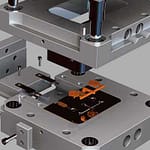

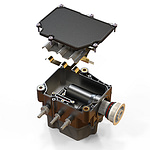
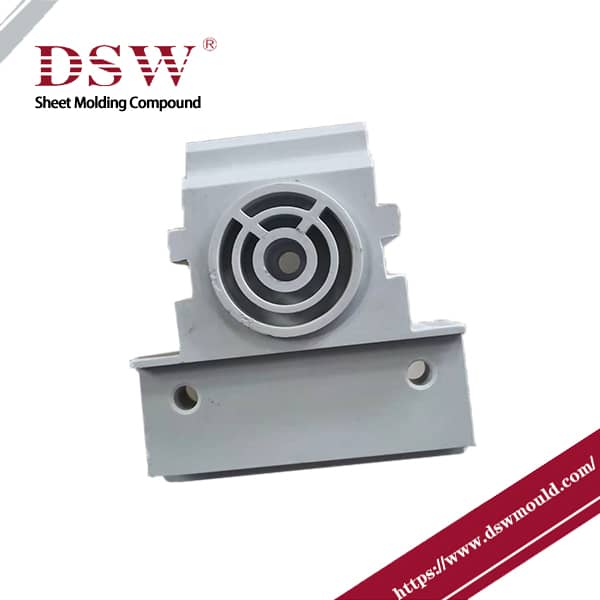
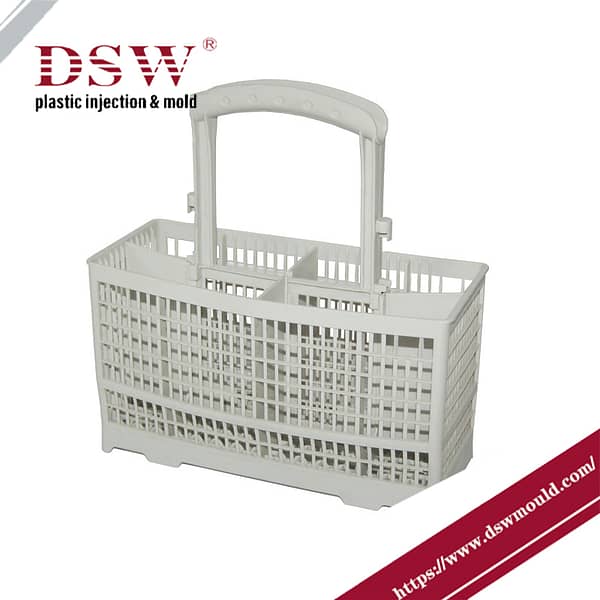
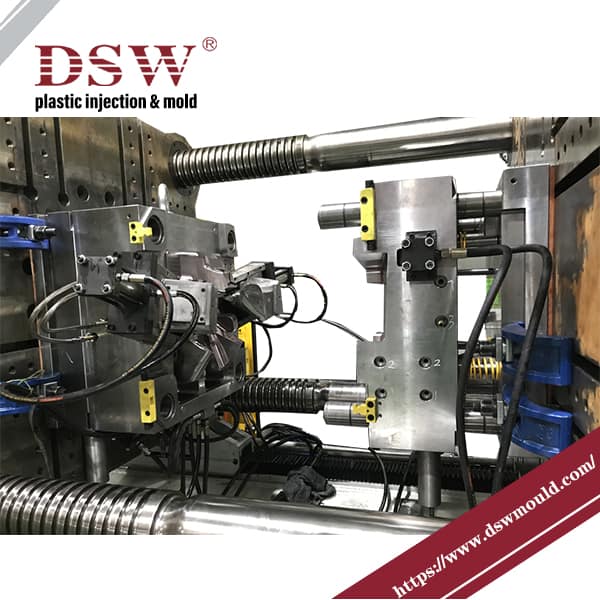
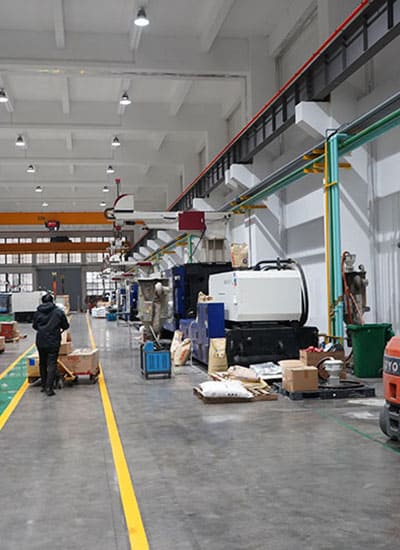
No comment